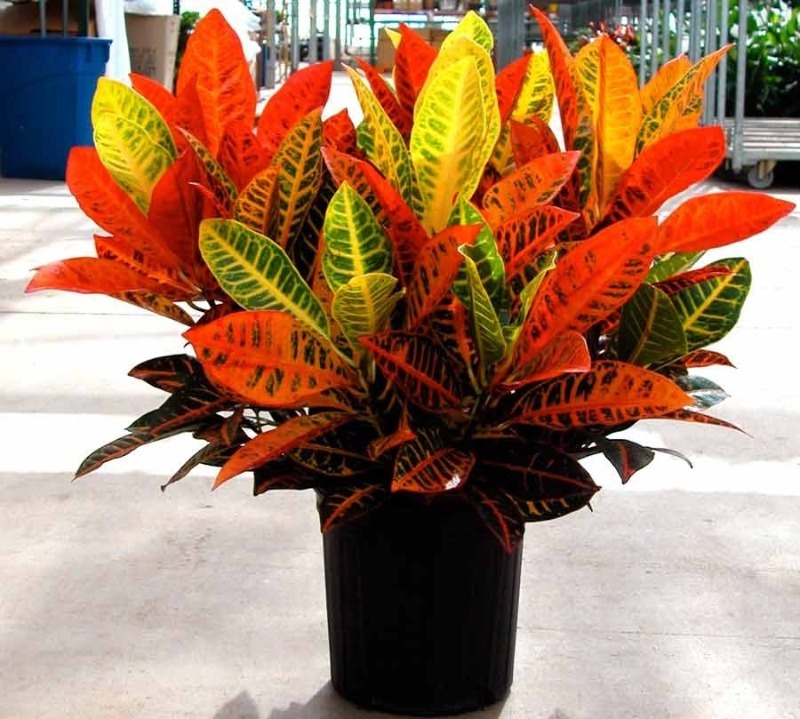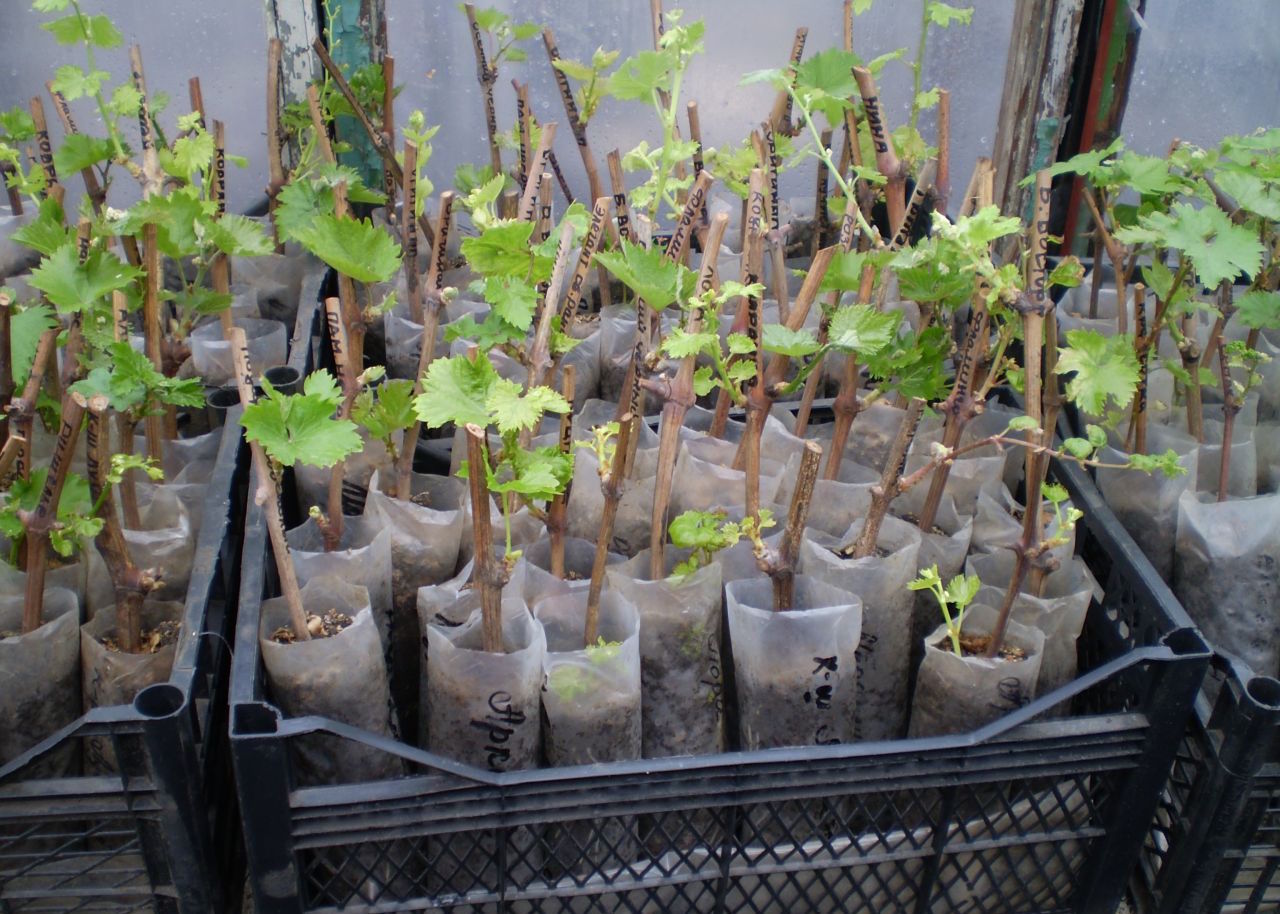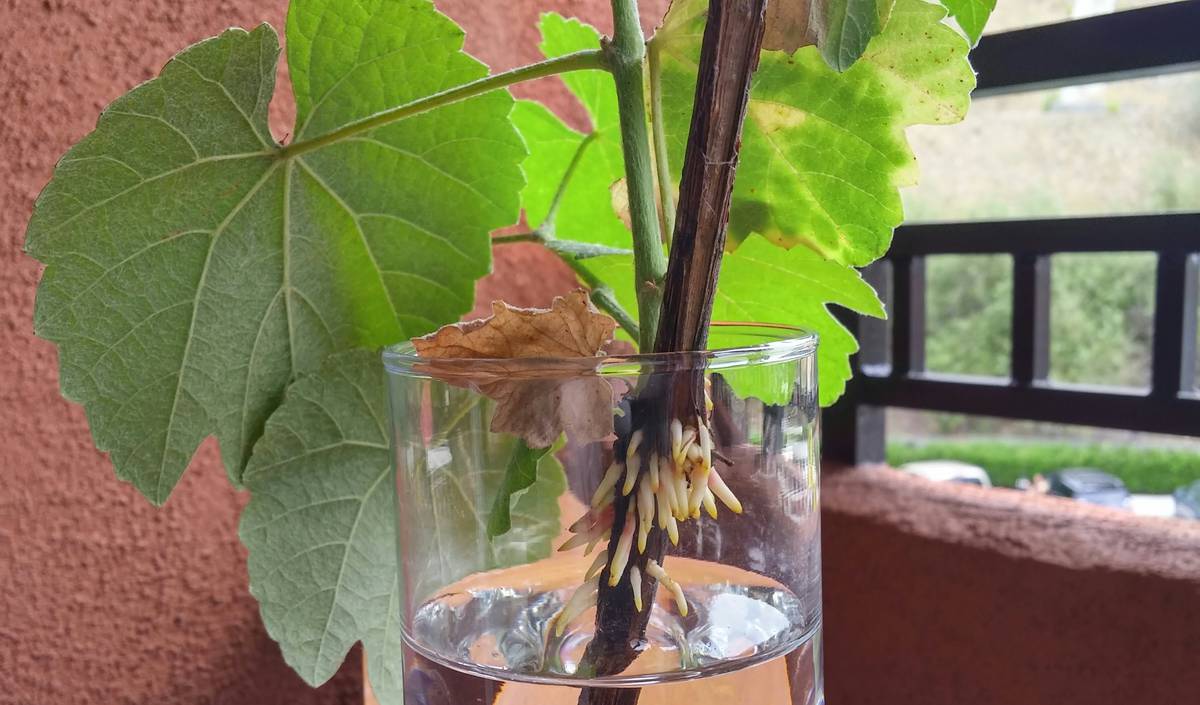Croton is a small, strong tree with bright leaves of a bizarre shape and color. He can decorate any room. But having purchased it, you probably think that one tree is not enough for your windowsills. Therefore, we suggest that you familiarize yourself with three ways of croton breeding.

Cuttings
The most popular way to propagate plants is by cuttings. It is also applicable for Croton. In order to implement it, you will need ripe cuttings, the length of which has reached 8-15 cm. It is recommended to carry out the procedure in spring, since at this time the daylight hours begin to increase and the sprouts will be able to receive enough light for full development.
The propagation procedure by cuttings is as follows:
- It is necessary to prepare the shoots. Carefully cut them off the side or "head" trunk of the Croton, and then remove all the lower leaves from them.
- Then you need to wash off the released juice from the cut and blot it well with a paper napkin. Then sprinkle with crushed activated carbon and set aside the cuttings for several hours until the cut is completely dry.
- The remaining leaves on the handle must be tied into a tube. And if there are large leaves, they need to be cut in half so that they do not absorb excess moisture.
- Then you should prepare a container in which you will plant the cuttings. Take a small pot or glass and pour a layer of expanded clay there, and then fill it with a sand-peat mixture.
- Plant the cutting in a pot and deepen it by 2-3 cm. From above it must be covered with cellophane with pre-made small holes through which the plant will "breathe".
- Place the planted cuttings in a warm place with diffused light.
- If everything was done correctly, then in a month you will see the result of your work.
Air layering
The method is perfect in situations where the croton stem began to bare and lose leaves. Reproduction by air layers will help not only save the situation, but also grow a new young croton.
Reproduction method by air layers:
- We take an adult croton, which has dropped most of the leaves from below and in the center. Then you need to retreat 15 cm from the ground or the lowest leaf. Using a sharp knife, carefully cut the bark in a circle so that the cut does not exceed 10 cm in width.
- The exposed area must be blotted with a paper napkin and removed juice, and then treat it with "Kornevin".
- After processing, the cut should be wrapped in a piece of moss or wet peat.
- Take a dark cellophane or trash bag and slide it over the plant over the top. This will close the cut overlaid with moss. At the bottom, the bag must be carefully fixed with a cord or soft thread. This will help prevent slipping. The top also needs to be slightly tightened with a thread, but leave a small crack for air to enter.
- After 1-1.5 months, roots are formed at the cut site. When they grow about 5 cm long, the stems will need to be cut and planted in a prepared container.
- For several weeks, the planted croton will gain strength, and therefore all this time it should be under the film.
Seeds
The last breeding method we will talk about is planting seeds.Only freshly harvested seeds should be used as seed material, as they very quickly lose their viability.
Croton should be planted in the last months of winter:
- First of all, it is necessary to prepare the seeds by lowering them for several hours in an aqueous solution of phytohormones. Some growers advise you to simply soak them in warm water for at least 30 minutes. After soaking, they must be left in a warm place for 24 hours to swell.
- Then you need to sow the prepared seeds in a special box for seedlings. You can take any similar container. The sowing depth should be approximately 10 millimeters.
- After you have planted the seeds, take the box to a warm place and cover it with cellophane. Be sure to monitor the room temperature (within 21-24 degrees) and soil moisture (the top layer must be constantly moisturized).
- 30 days after planting, the seeds will sprout for the first time and you will see small sprouts. Each of them should have 2-3 leaves, after which they will need to be planted in different pots, the diameter of which is from 5 to 7 cm.
- It is absolutely not difficult to care for small sprouts. Just like an adult croton, they need to be watered, sprayed, ventilated and monitored for the level of heat and lighting.


